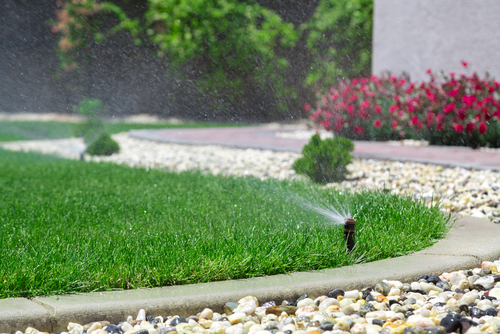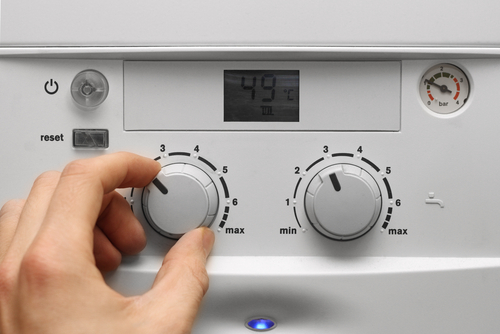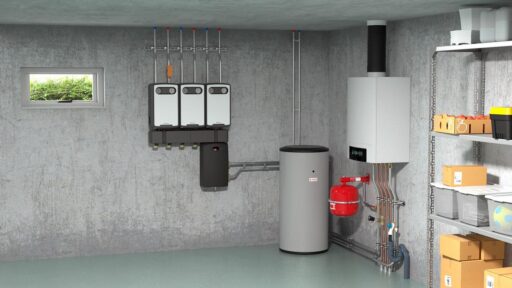There is nothing more annoying than a lacklustre shower that dribbles and stutters when you are trying to get ready for work in the morning. However, there are plenty of options that can help to put some power back into your shower.
Clean the Showerhead
If your shower is suffering from low water pressure, one of the first things you should do is take a look at the showerhead. Low water flow could be due to something as simple as a dirty or clogged up showerhead, in which case a good clean should rectify the situation. If this doesn’t make much of a difference, consider fitting a new showerhead.
Sometimes even kinks or areas of damage in the shower hose could be to blame for affecting water flow, so give the hose a thorough inspection and replace it if necessary.
If the showerhead or the shower hose are both in good working order, then it is also worth double-checking that the mains stopcock is fully open, particularly if you have recently had plumbing work carried out. The stopcock is usually located under the kitchen sink. Even if it is partially closed, this can have a significant impact on water flow which could limit the power you experience in the shower.
Purchase a shower pump
Shower pumps are an effective option for increasing water flow to your shower. They can easily be installed if you have some DIY knowledge or with the assistance of a plumber. Shower pumps can boost hot, cold or both feeds and are automatically activated when the shower is turned on. Water travelling through the system passes through the shower pump, where an impeller then increases the pressure of the water before it gets to the shower.
A home booster pump, such as the Grundfos home booster, may be worth considering if you want to boost the water pressure not just in your shower, but throughout the rest of your home. As an intelligent device, it measures water flow passing through the pump and only adjusts flow as and when it is needed.
Install a pressurised unvented cylinder
If you are seeking a long-term solution to water pressure problems, especially if you live somewhere that has dated plumbing systems, you might consider getting a pressurised unvented cylinder installed. This is a far more expensive and complex job than simply installing a shower pump and is something that should be left to the professionals to handle. Installing a pressurised unvented cylinder requires removing the cold water tank and putting a new cylinder in its place, which feeds directly from the mains.
Install an expansion vessel
An expansion vessel, also known as an expansion tank, can also be installed to help maintain constant water pressure, thus improving shower quality. This small tank is used on closed water heating systems to protect them from excessive pressure, by absorbing excess water pressure as a result of thermal expansion.
Fit a cold water accumulator tank
If you find that your shower water is more cold than hot, then you might wish to consider fitting a separate electric shower with a cold water accumulator tank to remedy this situation. In this case, the shower obtains cold water from the accumulator tank, which is separate from the mains tank. When the cold water reaches the electric shower, it heats it and emits water from the showerhead at high pressure. The beauty of this option is that it also solves the issue of water pressure drop when someone turns a tap on elsewhere in the house.





